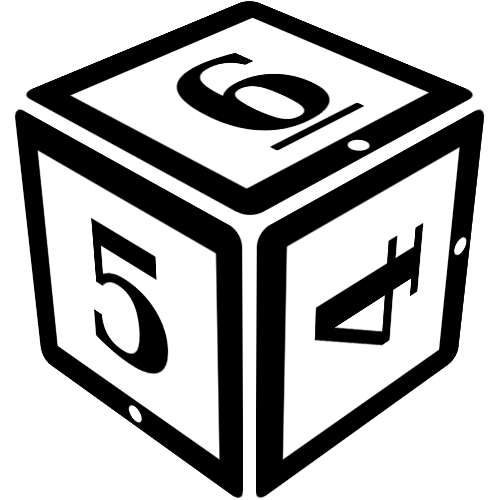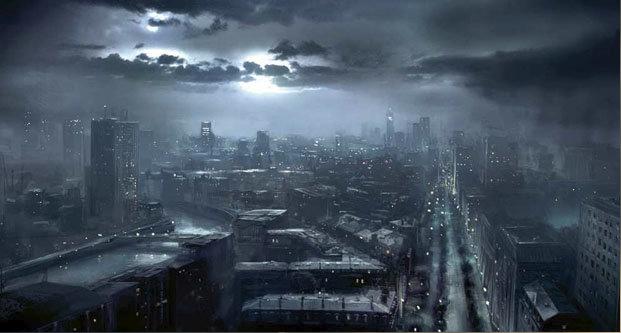
Thaumaturgists and Theurgists on the Path to the Aether, Supernal Realm of Prime and Forces, and abode of Angels.
Supernal or Fallen, the cosmos follows elaborate laws, complex and mighty as the Arcana. They’re sigils and hymns, ritual instructions, and the ephemeral beings that obey. To an Obrimos, magic is the academic discipline that studies these laws or an act of faith that appeals to the God that made them. Call them Thaumaturges, Greek for “wonder-workers,” because they follow in the footsteps of Hermes Trismegistus, read the Emerald Tablet, and sing Thoth’s hymn. Label them Theurgists when they call magic the hidden hand of the Creator, and appeal to Heaven’s aristocracy in Her name. If you broke into their sancta you might find the stereotypical marks of wizardry: robes, circles of salt, and the rest. Magic has a structure, and it’s often easier to express it through traditional tools than hold it all in the imago. Others approach magic as a science and engineering feat. They prefer labs and workshops to walls carved with the names of God.
Speak God’s name and it can deafen your soul. Manipulate cosmic laws, but beware — they’ll snap back to equilibrium with the force of a falling star.
Ruling Arcana
Forces and Prime. The universe moves by will. Unseen powers issue commands writ in Mana, and worlds spin in obedience.
Don’t believe that Prime is power alone. It’s language. The gods named the universe into being, and when they gave humanity the power of speech, that included the power of creation. To make a thing you must do more than imagine it. You must name it, giving your dreams a symbol that escapes the confines of individual minds.
Forces moves creation through cycles of creation and destruction. Without Forces, Time would be irrelevant; nothing would move or change. Seasons rely on a world careening through space. Fire burns away the rot and debris that would otherwise suffocate Life.
Inferior Arcanum
Death. Death is an interruption, not an end. Souls should be dispatched to their destinies in heavens, hells, and diverse incarnations instead of imprisoned by worldly obsessions, trapped in mystic receptacles, or subjected to the corruptions of Death. Obrimos represent the power that cleanses, and have little talent for the Arcanum of rot, stagnation, and bound ghosts.
Symbols and Myths
Strength, the High Priestess and the Hierophant. Gods and angels. Thunderers and fire-bringers. Science and secret names.
The Awakened Tarot’s symmetry breaks against the Obrimos, for they possess two significators: the Hierophant, who translates celestial patterns into laws and scriptures, in an ordered, disciplined system; and the High Priestess, ruler of the elusive, intuitive forms of power. The former writes Grimoires and inscribes mystic circles. The latter meditates upon the Shekinah within, or feels the pulse of surging Kundalini Shakti after yogic concentration. In the past, Western Obrimos conceived of these roles as highly gendered, but contemporary followers of the Path see them as approaches to practice, and leave further dogma to Legacies and cults. Both significators represent types of Strength, the Path’s Mystery card. By intellectual or intuitive means, an Obrimos wrestles the thrashing beast of the cosmos into submission. Like any skilled wrestler an Obrimos avoids pitting force against force. She uses technique, yielding gestures, and a calm spirit to tame arcane power.

